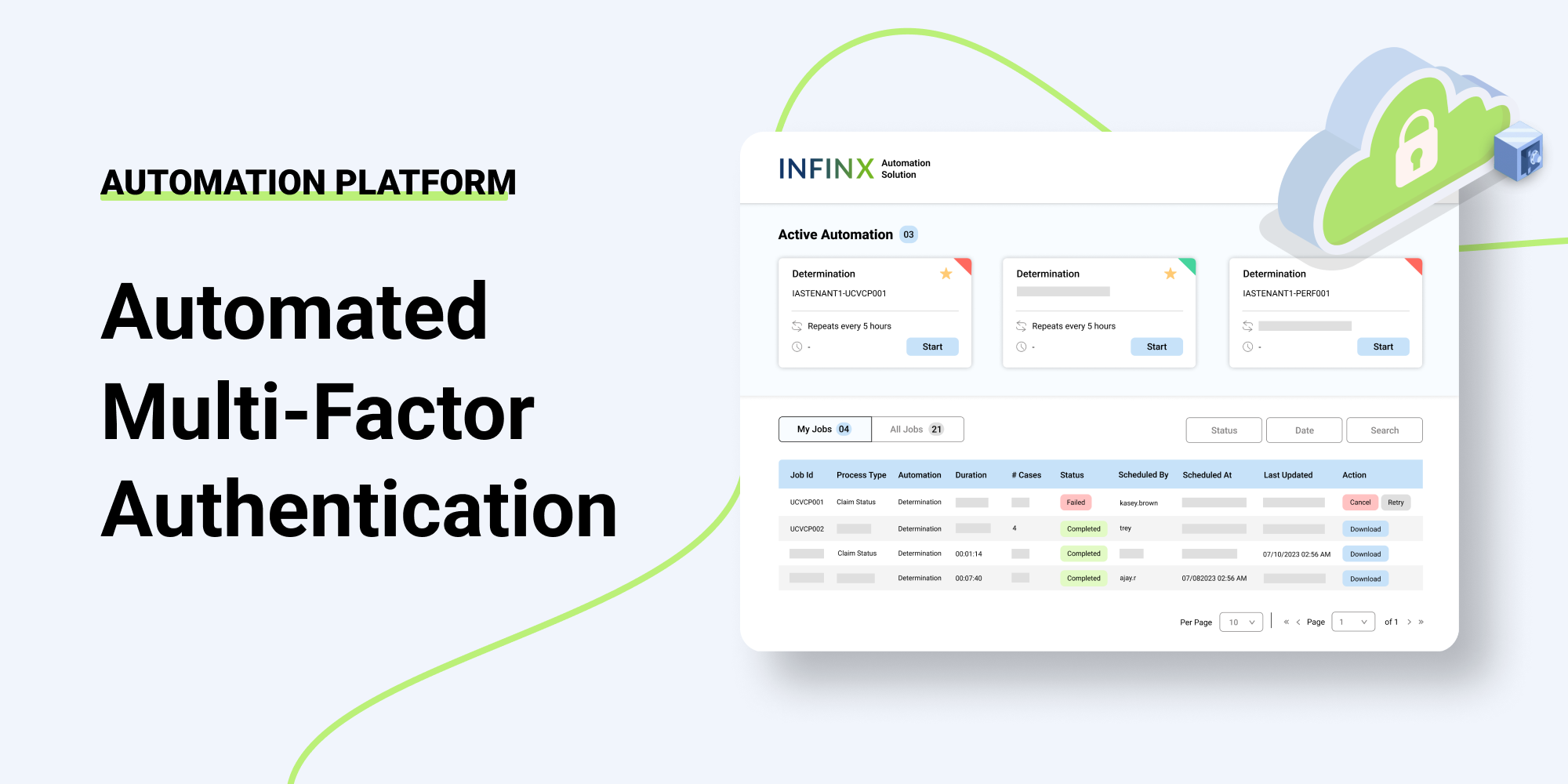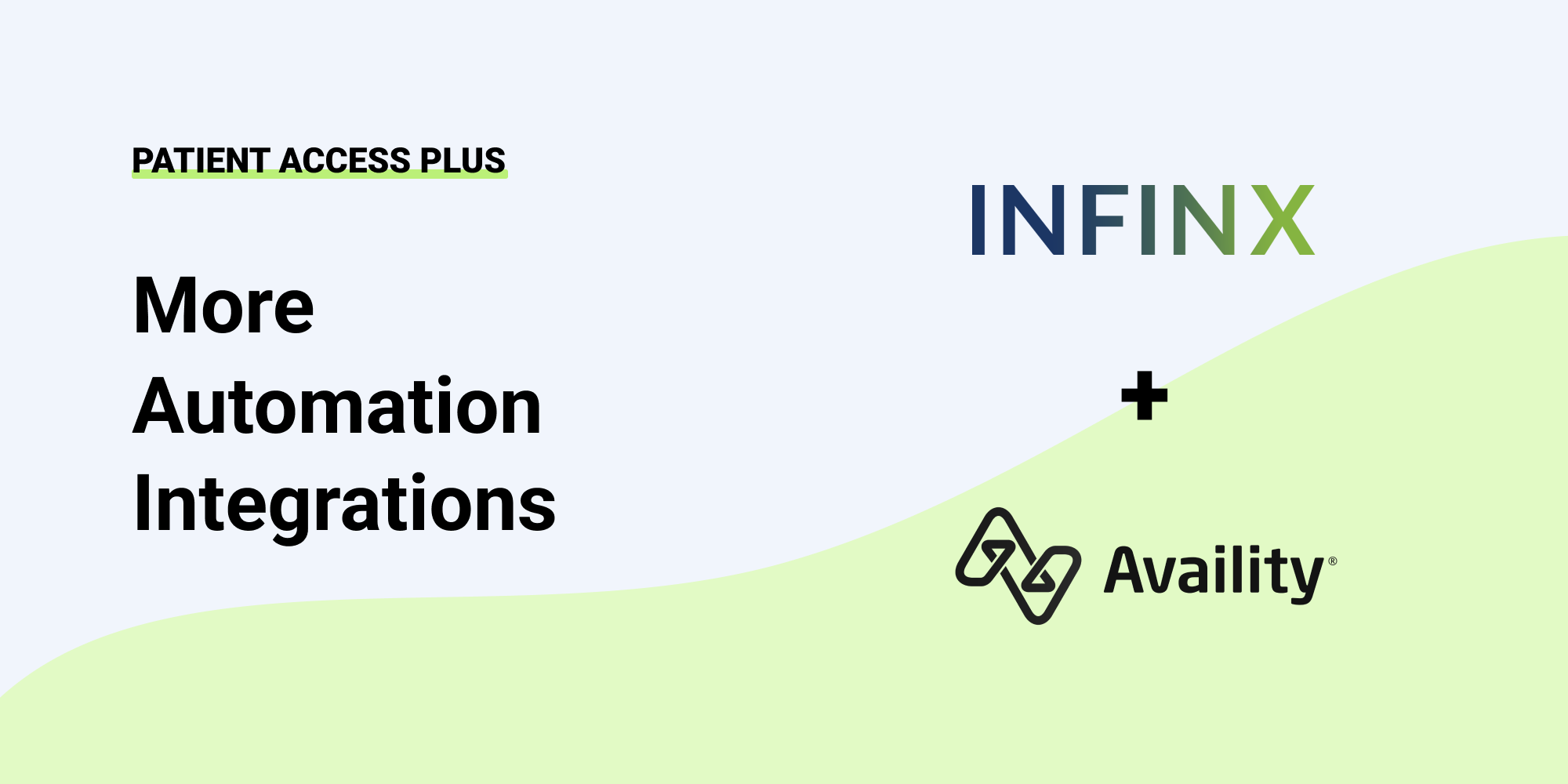As an oncology practice, one thing you want to cut back on is having patients wait too long on the phone. Many times than not, long phone wait times can lead to unintended consequences for your practice like negative reviews, less clientele, and a reduced amount of time for staff to respond thoughtfully to patient questions and concerns.
Today’s World Relies On Instant Gratification
With immediate access to information at our fingertips, our world depends on being able to look up the answers to any questions at our convenience. Not only this, but our world allows us to shop from anywhere and expeditiously receive products right to our doorsteps. If a website is slow-loading, users will often exit within seconds. It’s crucial that access to healthcare can keep up with this high-speed generation.
This same expectation for instantaneous gratification applies to patients who call in for healthcare information. Suppose patients must navigate through a complicated menu and be on hold for a while. In that case, this can cause frustration, especially when they are dealing with their busy schedules or simply calling in for a general question they can’t find online.
While you may hold certain opinions about this principle, there’s also a strong possibility that you’ve been in a similar situation. For example, you may have called a business seeking general information and been met with long hold waits, low-quality phone hold music, or a slew of prerecorded messages on a constant repeat cycle reminding you of the importance of your call.
Although a practice typically has your best interests in mind, these long wait times and prerecorded messages may cause roadblocks for patients seeking simple information. For example, if a patient is calling in to set up an appointment, there’s no doubt that many would prefer an easier online scheduling option. It’s best to keep these preferences in mind to keep up with the technological demand of your practice’s population.
The Younger Generation Prefers Online Options
When you own a practice, you always need to think about how to appeal to the younger generation while keeping your older clientele in mind. For example, if the phone is your practice’s sole customer service contact source, you may alienate a younger crowd. Although oncology practices typically work with older patients, that population is actively aging. Soon, a majority of your clientele will be of the Millennial generation.
At this rate, it can be argued that we’re entering a post-phone call era. Studies show that Millennials and Gen Z avoid phone calls at higher rates because of the time-consuming nature of these calls or because they don’t offer them the ability to prepare for responses and needed information. While it may seem puzzling that a cell phone-dependent generation does not use their devices for their intended purposes, there is some validity behind this concept. Why talk to someone on the phone to schedule an appointment when you could do the same thing in seconds by using an online portal or website scheduling system? This generation’s phone conversation is only for emergencies or more pressing issues. Although this may seem baffling, it’s a modern reality that healthcare practices should consider.
The People Who Can Only Call During Peak Hours Hate It More
Another reason phone scheduling can be challenging is that some people can only call during specific hours. Work or other duties come first, and by the time a person can speak to a representative on the phone, it may be at a time when the practice is at its busiest. Busy hours can lead to long hold times, frustrating people whose time is already limited.
Setting up appointments by phone is limited to a practice’s business hours that typically align with a patient’s own work hours. Because of this, a person cannot set up appointments or reach a call representative for general information at night or during other more convenient hours. Someone who only has a certain amount of free time might not enjoy spending it on the phone and instead wish they could schedule appointments in more convenient and accessible ways. Also, patients who can only call during their work breaks may be calling during peak hours. Sometimes they may waste their entire break on hold, unable to reach a representative, and must try again during their next break.
Because of the constant inconveniences placed on patients, this may push them to seek out businesses with scheduling methods that respect their time.
The Game Of Phone Tag Can Be Exhausting
Even if you’ve never heard the term “phone tag” before, there’s a large probability that you’ve experienced this phenomenon on various occasions. Say, for example, you call an office in the afternoon, but it’s during lunch hours, so no one picks up. Instead, you leave a message telling them to call you back. Then, they call when you’re busy, or you happen not to hear the phone ring. Ultimately, this can be frustrating for both parties and cause a patient to lose faith in a business they once hoped had their well-being in mind. While your practice probably still hopes to provide efficient care, the inconveniences of phone tag can feel neglectful to many.
Phone tag as a phenomenon has lessened as a result of easier communication method integrations. For example, texting and email can allow two people to communicate with each other at a time that works best for both of them while also providing time for thoughtful replies. For example, if one party requests supplemental information, the responder can focus on providing accurate information. Phone calls may feel rushed, and calls can even drop before patients can schedule an appointment or make a request. Email and text communication can help a practice avoid all these risk factors.
If the only way to schedule requires two people to leave messages on each other’s answering machines, you might need to think about alternative scheduling and communication methods.
Scheduling Software Is The Solution
An oncology practice with convenient scheduling software is how you can combat losing patients to more technologically advanced practices while meeting the younger crowd’s preferences. With scheduling software, a patient can receive an invitation to schedule an appointment online and choose the best date that works for them. It also gives patients a larger overview of available appointment times and the ability to cancel or reschedule if something arises in their personal lives.
Scheduling software is becoming popular for all businesses. For example, if you want to schedule a hair appointment, many salons let you do so online. However, many medical practices have not caught up to other businesses, instead choosing to do things the old-fashioned way.
With scheduling software, one can schedule at any time, and many who schedule like to do so ASAP. In addition, with more people scheduling online, you can free your customer service representatives to deal with other inquiries, which may entail more critical issues that automation cannot solve.
If your oncology practice hasn’t looked into scheduling software, now is an excellent time for you to do so. Many businesses are looking into it, and for a good reason. They’re seeing more happy patients and spending less on customer service.
We Can Help
Infinx is there to help your oncology practice automate some of its most repetitive tasks, from patient access to billing, leaving more time for patient care. Request a call with our experts to learn more.


